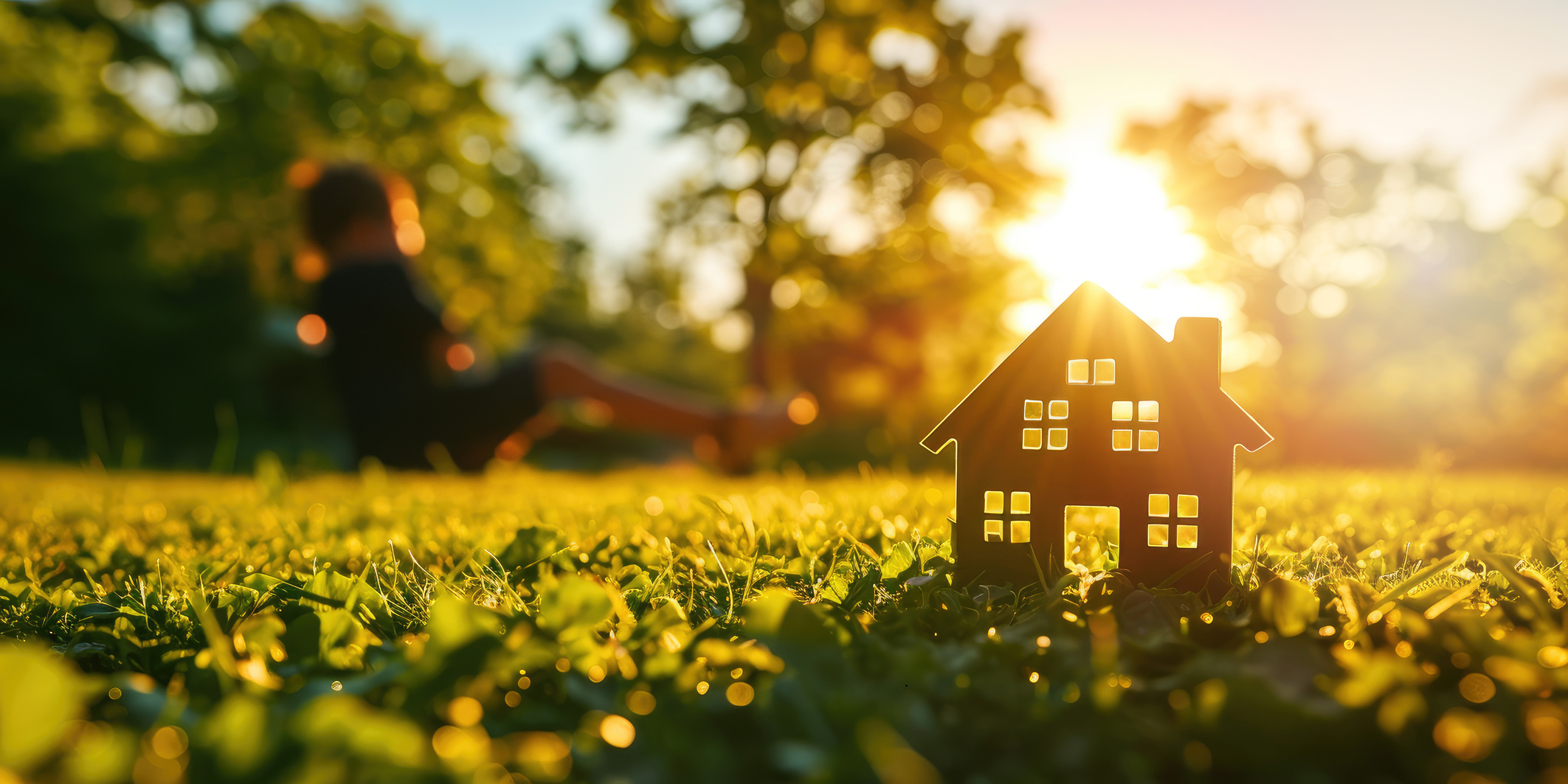How to Make Your New Home Energy Efficient
New home construction presents the perfect opportunity to embed energy efficiency right into the frame, appliances, and infrastructure. The people at Jamestown Estate Homes recommend working closely alongside your custom home builder to select materials and features engineered for max sustainability. The upfront investments save majorly on utility bills for decades after moving in.
Strategize Thermal Envelopes
The building surrounding livable areas plays a huge role in managing temperature and humidity transference between indoor conditioned air and outside elements. Thermal barrier materials like insulated concrete forms, structurally insulated panels (SIPS) and double framed walls with dense insulation minimize solar heat gain in summer and prevent conducted heat loss from escaping in winter. Ask builders about thermal rating specs when pricing framing.
Upgrade Windows Strategically
New construction allows you to splurge on energy efficient windows with specialized glazing limiting both conducted and radiated temperature transfers plus solar heat gain while maximizing natural daylighting. Choose triple pane glass, inert gas filled units with durable vinyl, composite fiberglass or thermally broken aluminum frames that prevent interior surface condensation.
Install High Scores HVAC Units
Don’t scrimp on heating/cooling systems since they consume the most energy onsite. Consult your HVAC subcontractor and custom home builder about the highest efficiency options. Compare AFUE and SEER ratings when selecting mechanicals with multistage compressors, variable speed motors and smart Wi-Fi controls. Also ensure ductwork and connections get thoroughly sealed to prevent leaks. Tax incentives and energy company upgrades could help offset costs too.
Choose Sustainable Flooring
Skip old school flooring materials like capacity wasting carpets and natural stone requiring toxic adhesives and mortars during installation. Instead, opt for sustainably harvested hardwood, bamboo, cork, recycled leather/glass/paper composite tiles or polished concrete. Not only do they conserve manufacturing impacts, but they also simplify cleaning without heavy chemicals over the long-term. Durable, ethical flooring lasts decades.
Incorporate Solar Power Solutions
One of the best investments includes installing solar panels to supplement a percentage of the home’s electric needs, especially in sun-drenched states allowing net metering sale back to grids. Costs have dropped drastically in recent years while panel efficacy continues improving. Solar adds value come resale too. Also assess geothermal ground loop systems for cleaner HVAC integration.
Landscape for Passive Heating/Cooling
Strategically place deciduous trees along southern exposures to naturally block summer sun while allowing winter warmth. Evergreen windbreaks along northern walls create dead air space insulation, too. Position trees to shade AC units as well. Finally, xeriscape with native plants accustomed to the climate requiring zero irrigation. Smart landscaping lends great passive energy efficiency.
Design Efficient Lighting Schemes
Work with your architect or custom home builder to map ideal placements and load calculations for LED fixture runs versus less efficient lighting. LED efficacy continues rising while costs keep dropping. Take advantage by illuminating living spaces using the minimum wattage necessary. Installing lights on dimmers, sensors and timers prevents waste as well.
Select Efficient Appliances
When it comes time to shop for refrigerators, dishwashers, laundry and cooking appliances, compare energy guide labels displaying estimated yearly kWH. Models with ENERGY STAR certification rate are significantly more efficient than standard units. Upgrading appliances generates tangible savings for years on electrical and gas usage.
Embed Smart Home Automation
Connecting internet-enabled smart home devices allows remote regulation over many efficiency-impacting systems. Programmable web-based thermostats, automated lighting controls and appliance usage monitors help conserve electricity in unoccupied rooms. Remote sensor water shutoffs prevent leaks too. Consolidated dashboard views grant insight on consumption.
Conclusion
With some planning during the design phase, your custom-built home can operate far greener than traditional construction. Prioritize efficiency from the ground up and you’ll reap savings for life.



Post Comment